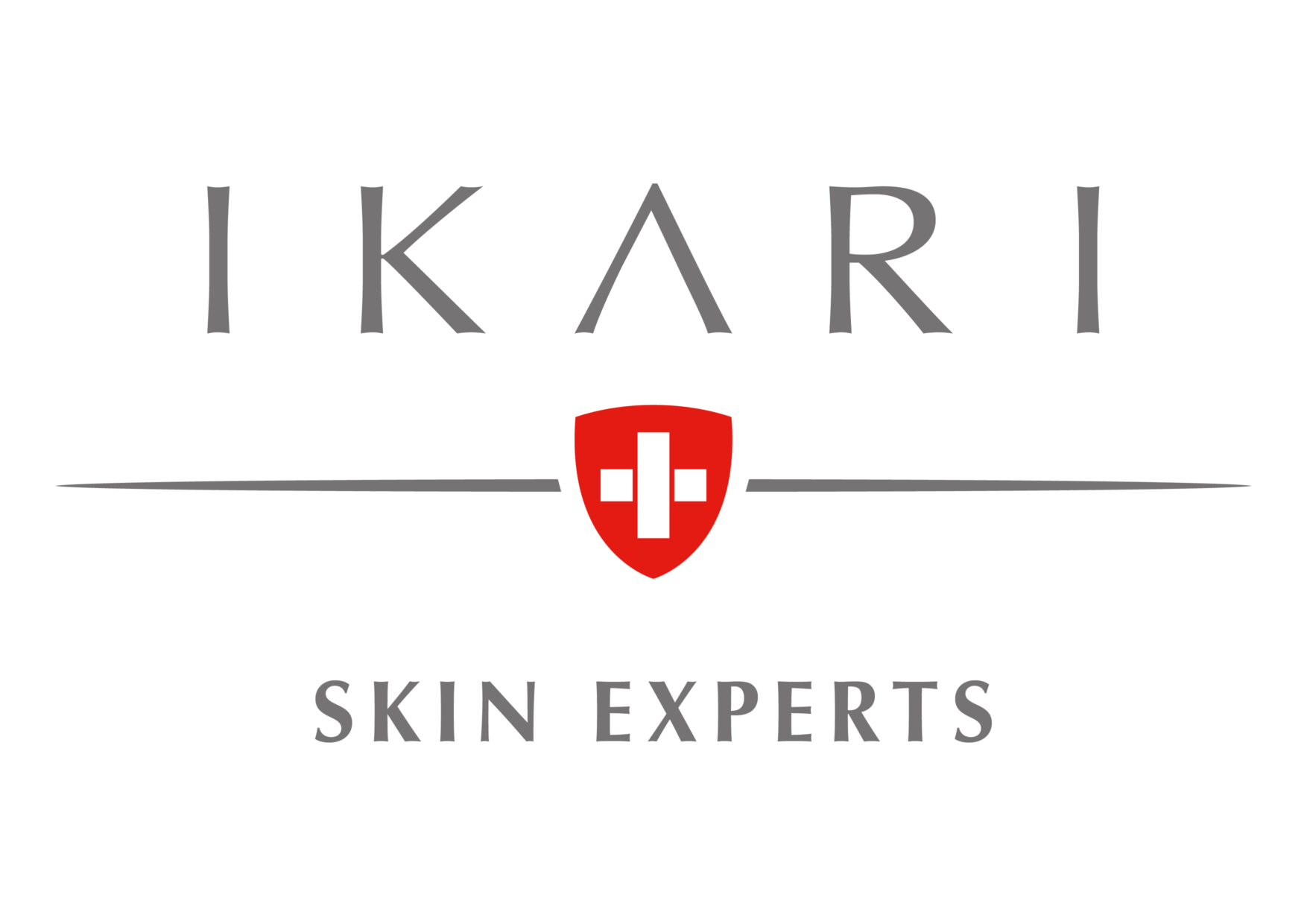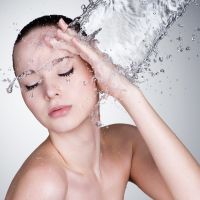Since advertising and cosmetics have found each other, we are overwhelmed by the word “hydration”.
Images of pure and healing water reflect the impression of a fresh and smooth young skin. The young grape gradually turning into a dried raisin arouses fearful pictures of a past glory.
But what does this mean? Where is the water, how does it get there and do we have actually have a shortage of water in our skin? The reality is less frightening, but more complex than previously thought. Our body consists of living cells bathing in fluid. On average we are 70% water. The outside world, however, consists largely of air. Without a solid shell, we would soon dry out and shrivel. Therefore, nature has provided us with a skin that buffers the sharp transition from a wet inner layer to a dry outer layer. Naturally, our inner water resources evaporate through the skin, even with a well-functioning skin barrier. A concept that we call Trans Epidermal Water Loss. By taking in one or two litres of fluid a day, we can compensate for this loss easily. On a warm day, the sweat glands get in action to dissipate the heat and as a consequence we lose extra fluid from the deeper layers. To drink even more is the message.
The skin is a partially-permeable film that seeks to reduce this evaporation to a minimum. This film is composed of several layers of skin cells filled with “water-binding proteins” and that stick together with oils. This structure is often compared to a brick wall where the bricks (the cells) are stuck together by the mortar (the oil). This close-knit structure provides a good water reserve in the depth and adequate moisture to the surface. A case of a deficiency in protein or oils, water will leave the skin too quickly and this creates a feeling of dry skin.
The skin cells are alive in the depths where they divide regularly to create new cells. The older cells migrate to the surface where they eventually die and transform into fine dry flakes. In a healthy skin a proper division rhythm or cycle there is just enough flakes to ensure the skin’s natural renewal. Too many flakes gives the impression of a poor, dull or dry skin.
The hydrate means as much as keeping a good level of water content in the skin while maintaining the deep water reserves of the body by avoiding too rapid evaporation. Many tasks for a single word!
What we simply call “to hydrate” requires essentially three different operations that have nothing to do with adding water to the skin. We have indeed enough water in the depth. Even more, we consist of water! Our task is to properly manage these reserves.
The first act is to remove the excess dead and dry skin flakes by regular and gentle exfoliation (scrubbing the skin with an exfoliating cream is a ritual in itself and will be discussed extensively in a later article). This ensures not only a smooth surface free of loose skin flakes, but stimulates also the cells to a healthy generation of young cells from the depth. This normalizes the division cycle and avoids unnecessary accumulation of dead cell layers.
The second act is to grease the skin with “good oils” from the outside or the inside by eating good oils such as avocado or nuts. Since cholesterol is one of the main fats of our skin, people suffering from high cholesterol receiving cholesterol reducing medication, often tend to have a dry skin. At cold temperatures, the oils in our skin “harden” and we can suffer from an unpleasant dryness.
A third measure is to add “water binding proteins” (NMF also called Natural Moistening Factors) to our skin cells. This can easily be achieved by using creams that contain NMF’s or from the inside by eating proteins like fish. Salmon and mackerel are ideal because they contain both good fats and good proteins.
As you already understood, we don’t bring moisture in the skin, but we ensure that the moisture from the depths can slowly and appropriately evaporate. During that process, all elements of the skin are bathing in water in a gradient ranging from much water in depth to little water at the surface.
Oddly enough, the application of water on the skin (swimming, bathing and washing) has the opposite effect. The fats on the skin that function as an insulating film, disappear, leaving the skin to dry out.
A proper balance between these three factors – flakes, oils, proteins – is the key to a well hydrated skin. Unfortunately this is not an easy task.
Which of these three factors is dominating can be determined during a brief but professional skin analysis. The risk is great indeed that the skin receives an abundance of one element and falls off balance, with all its consequences (acne, irritations, etc.).


